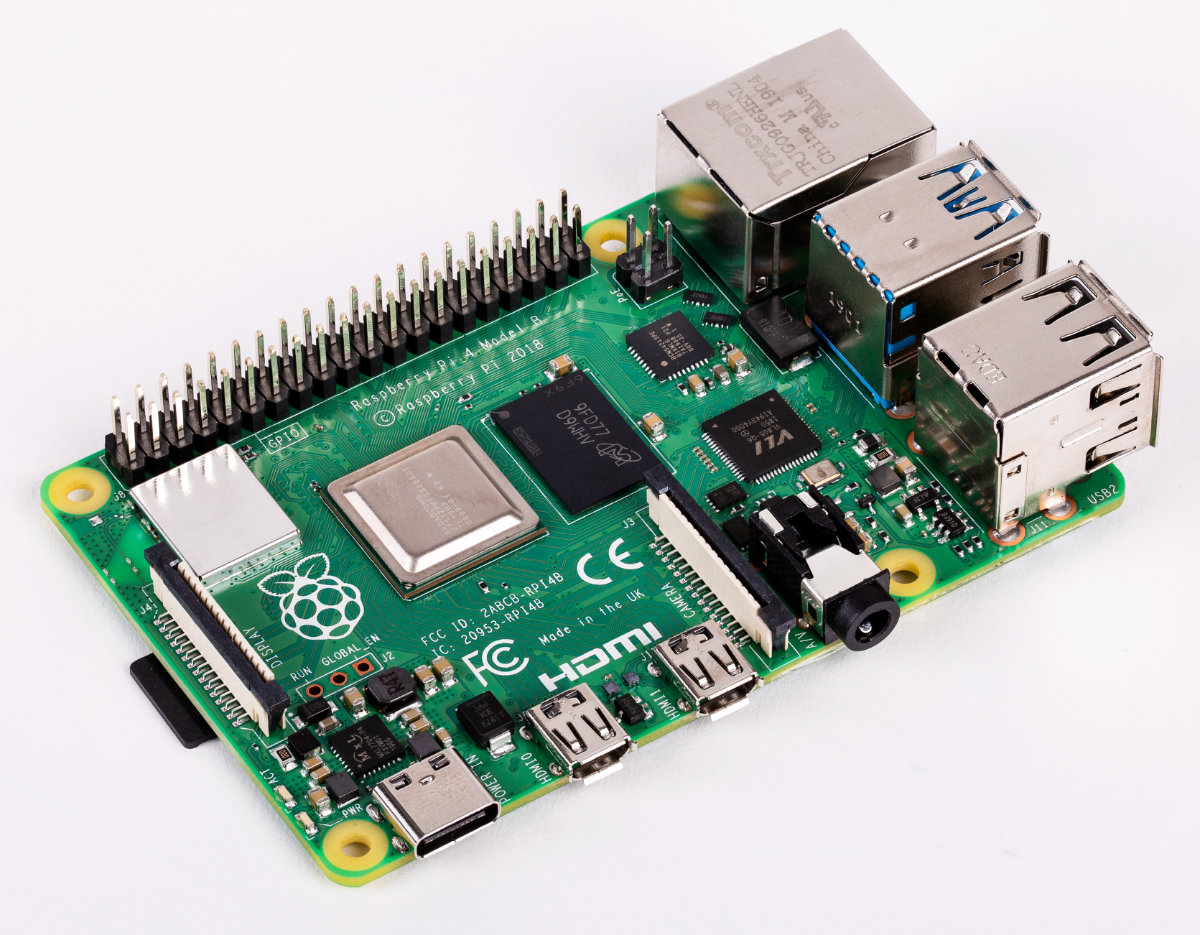

One thing to note is that the write performance of SD cards declines over time. But for now, the only test available is SD Card Speed Test just press “Run Tests” to start it.

In future, this screen will show a list of the diagnostic tests, and you will be able to select which you want to run using the checkboxes in the right-hand column. Once installed, you will find the new application “Raspberry Pi Diagnostics” in the main menu under “Accessories”, and if you launch it, you’ll see a screen like this: (“agnostics”? In this case it’s nothing to do with religion! I’ll leave you to work out the pun…)
#Sd card formatter for raspberry pi install
To install the new tool, from a terminal do sudo apt update Today, as the first part of a new suite of tests which will enable you to perform various diagnostics on your Raspberry Pi hardware, we are releasing a tool which allows you to test your SD card to check that it performs as it should. But that is at least fairly easy to spot – it’s much harder to work out whether your supposedly fast SD card is actually meeting its specified speed, and unscrupulous manufacturers and sellers often mislabel low quality cards as having unachievable speeds. We’ve all heard the stories of people who have bought a large capacity SD card at a too-good-to-be-true price from a dodgy eBay seller, and found that their card labelled as 64GB can only actually hold 2GB of data. A new tool for testing your SD card speed All the official Raspberry Pi microSD cards we sell meet this specification. We recommend the use of Class A1 cards (as the one above – see the A1 logo to the right of the Class 10 symbol) in Raspberry Pi – in addition to a write speed of 10MB/s, these support at least 1500 read operations and 500 write operations per second. But the most recent speed categorisation – and the one most relevant to use in a Raspberry Pi – is the new A (for “application”) speed class. More recently, speeds have started to be quoted in terms of the intended use of the card, with Class V10 denoting a card intended for video at 10MB/s, for example. It also shows the logo of UHS (“ultra high speed”) Class 1, the 1 inside the letter U, which corresponds to the same speed. The 64GB card shown below is Class 10, and so can write at 10MB/s. The 32GB card shown below is Class 4, denoted by the 4 inside the letter C – this indicates that it can write at 4MB/s. The speed rating of an SD card should be printed either on the card itself or on the packaging. Equally, write speed will also affect how well any programs which save large quantities of data run – so it’s important to use a good-quality card. The faster you can read data from the card, the faster your Raspberry Pi will boot, and the faster programs will load. The speed of an SD card will also directly affect how fast your Raspberry Pi runs, in just the same way as the speed of a hard drive affects how fast a conventional desktop computer runs. If you want to store 4K video from your digital camera, it is important not just that the card is big enough to hold it, but also that you can write it to the card fast enough to keep up with the huge amount of data coming out of the camera. SD cards have a speed rating – how fast you can read or write data to the card – and as card sizes have increased, so have speed ratings. However, the fact that SD cards are now so commonplace sometimes conceals the fact that not all SD cards are created equal. SD card speed ratings, and why they matter Prices have plummeted to the point where smaller size cards are practically given away for free, and at the same time storage capacity has increased to the point where you can store a terabyte on your thumbnail. Without an SD card to store the operating system, Raspberry Pi is pretty useless*! Over the ensuing eight years, SD cards have become the default removable storage technology, used in cameras, smartphones, games consoles and all sorts of other devices. Since we first launched Raspberry Pi, an SD card (or microSD card) has always been a vital component.


 0 kommentar(er)
0 kommentar(er)
